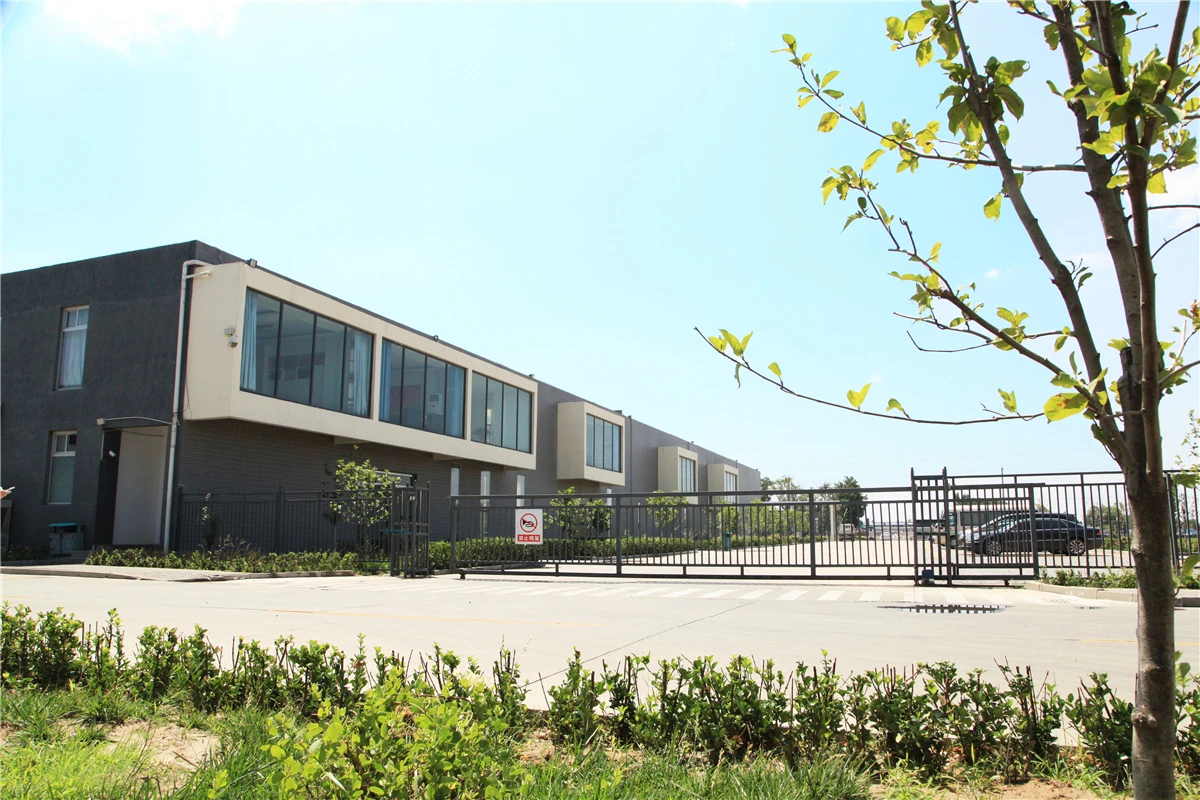Choosing the Right Grit Flap Disc for Metal Fabrication
When it comes to metalworking, having the right tools is essential for achieving an efficient and successful finish. Among these tools, flap discs are indispensable for tasks ranging from grinding and blending to finishing and polishing. However, one common question that arises is, What grit flap disc should I use for metal? The answer largely depends on the specific application and the material you are working with.
Understanding Grit Sizes
Flap discs come in various grit sizes, which determine their aggressiveness and suitability for different tasks. Grit size refers to the size of the abrasive particles on the disc. The lower the grit number, the coarser the disc; conversely, a higher grit number indicates finer particles.
- Coarse Grit (24-60) Discs in this range are excellent for heavy material removal and surface preparation. They are ideal for grinding down welds, removing rust or paint, and prepping surfaces for further treatment. If you're working with thick metals or are aiming to remove large amounts of material quickly, a coarse grit flap disc will serve you well.
- Medium Grit (60-120) This category strikes a balance between material removal and surface finishing. Medium grit flap discs are perfect for blending surfaces, smoothing out irregularities, and preparing metals for finishing processes. If you have already done the rough grinding and are looking to refine the surface, a medium grit disc will be ideal.
- Fine Grit (120-240) Fine grit flap discs are primarily used for finishing and polishing applications. If you’re dealing with metal that requires a smooth finish or a polished appearance, these discs are what you need. They are particularly effective in providing a clean, refined surface ready for painting or anodizing.
Selecting the Right Grit Disc
what grit flap disc for metal

When deciding which grit flap disc to use, consider the following factors
1. Material Type Different metals react differently to various grits. For example, softer metals like aluminum might require a finer grit to avoid scratches, while harder metals like stainless steel might necessitate a coarser grit for effective removal.
2. Desired Finish Your end goal will heavily influence your choice. If you need a basic clean-up with a rough finish, start with a coarse grit. For a smooth finish, use a medium or fine grit disc after the initial grinding.
3. Tool Compatibility Ensure that your flap disc is compatible with your grinding tool. The RPM rating of the flap disc should match the specifications of your grinder to ensure safety and efficiency.
4. Application Environment If you are working in a more confined space or have a limited amount of time, it may be practical to use a more aggressive grit to expedite your work.
Conclusion
Choosing the right grit flap disc for metal is crucial for efficient metalworking operations. By understanding the differences between coarse, medium, and fine grits, you can make informed decisions that align with your specific project requirements. Always remember to consider the type of metal, the finish you desire, and the compatibility of the tools being used. With the right flap disc in hand, you will achieve superior results in your metalworking tasks, save time, and enhance the overall quality of your finishes.
Post time:Dec - 04 - 2024

















